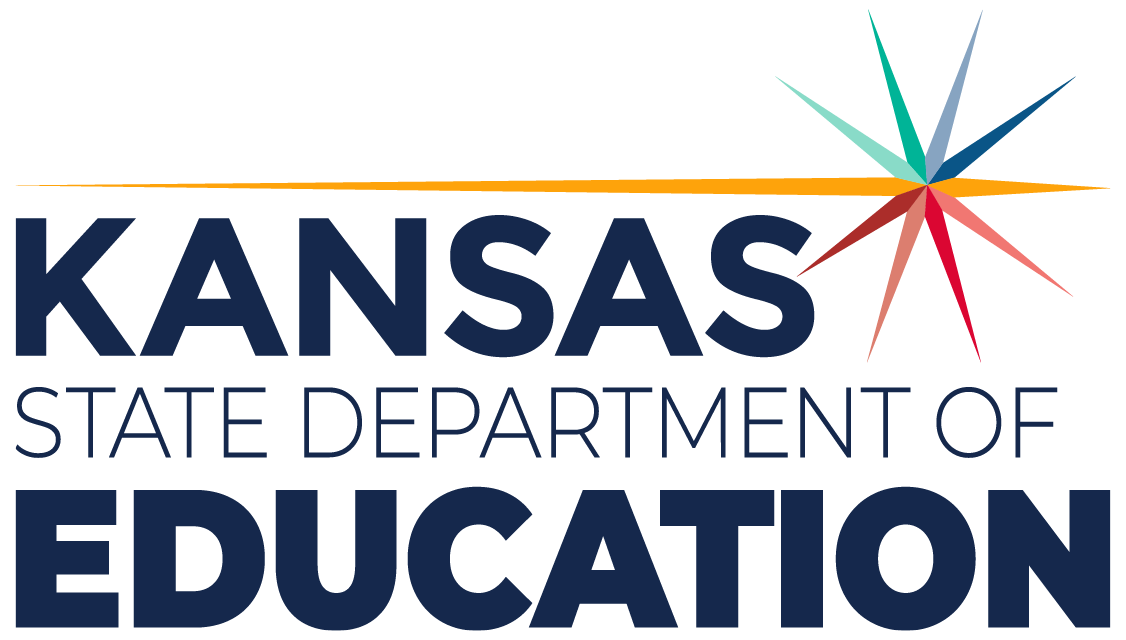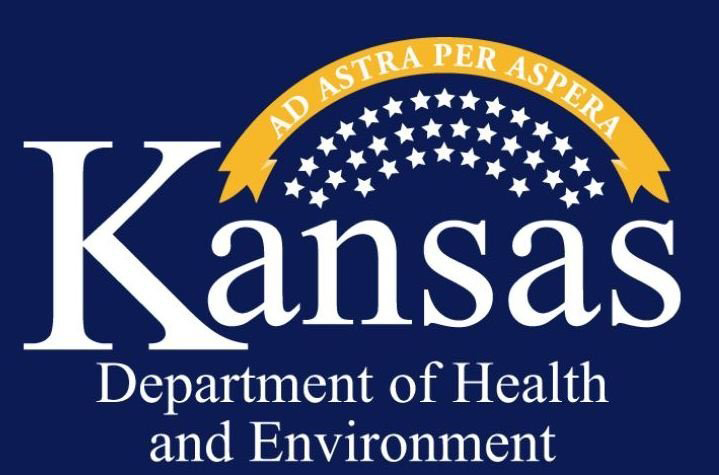
Program Overview
Farm to Plate Overview
What is Farm to School?
The 2008 Farm Bill amended the Richard B. Russell School Lunch act to direct that the Secretary of Agriculture encourage institutions operating Child Nutrition Programs to purchase unprocessed locally grown and locally raised agricultural products.
What is Farm to Plate?
In Kansas, Farm to Plate encompasses all Child Nutrition Programs. Not only can local foods cover the plate; they can be offered throughout the year in any Child Nutrition Program. The Farm to Plate initiative is an effort to connect Child Nutrition Program Sponsors with regional or local farms in order to serve healthy meals using local foods.
What are unprocessed products?
They are only those agricultural products that retain their inherent character such as fresh fruits and vegetables. Canned fruits and vegetables, jams, jellies, and honey can NOT be purchased independently through local sources. Local agricultural products such as eggs, meat, poultry and milk cannot be purchased by schools unless they come from a licensed facility and have been inspected.
How do we define 'Local'?
This is at the discretion of the school sponsor. There is no requirement that locally grown and locally raised products need to be within a certain area or distance.
What are the purchasing options?
Put specifications in writing before contacting potential bidders/suppliers. Child Nutrition Program sponsors may choose from several purchasing options. Informal bids to local farmers, cooperative bidding, farmer’s market, vendor, or distributors may be used. Vendors may list ‘local’ or ‘Kansas’ product in their item description. The GAP (Good Agricultural Practices) sticker or seal promotes locally-grown foods and ensures food safety protections. A vendor letter should be kept in the school Food Safety (HACCP) Plan to ensure traceability of the local products.
What is the geographic preference rule?
Although geographic preference is not required; it can be specified in purchasing guidelines. When making purchases from a contracted foodservice distributor or cooperative, the product may be described as local or as a “Kansas” product to assist the purchaser with identifying locally sourced products.
What are the food safety requirements?
KSDE’s HACCP guidance for schools requires that a letter is on file for each supplier/vendor stating that they have a HACCP plan in place with standard operating procedures for produce production, harvesting and post-harvest handling OR that they follow safe food handling procedures. Traceability of the produce used is required. In the event that produce purchased for a child nutrition program is recalled, you are responsible for tracing the produce one step back (trace back) to your supplier and one step forward (trace forward) to when and to whom it was served.
Is donated produce allowed in Child Nutrition Programs?
The Kansas Department of Agriculture approves the use of donated produce that has not been cooked, chopped, or cut. Products accepted must come from an approved source. A letter should be kept on file from each supplier stating they are following safe food handling procedures. For schools, a copy of this letter is to be kept in the Food Safety Plan at the serving site. It is our recommendation that the kitchen manager document the date of the donation, list of produce items received, and record the estimated value of the product. Schools should keep this information in the HACCP file with the Food Safety Plan.
Can produce grown on school or child care property be incorporated into Child Nutrition Programs?
Produce grown in the classroom, container gardens or gardens can be incorporated into Child Nutrition Programs. Everyone involved with growing and harvesting produce from the garden should be trained on basic food safety practices including handwashing, glove use, personal hygiene, cleaning and sanitizing, and handling ready-to-eat produce. It is suggested a list of all gardeners be kept on file.
Where do I start?
Complete a self-assessment. Research existing resources and determine where local products may be available. Set a goal to incorporate local products on your menu, in the Fresh Fruit and Vegetable Program, or in snack programs at your sponsor. Contact local resources and develop a plan to include community partners or vendors to make the purchase. Involve everyone in your efforts to promote Farm to Plate and Gardening programs.






